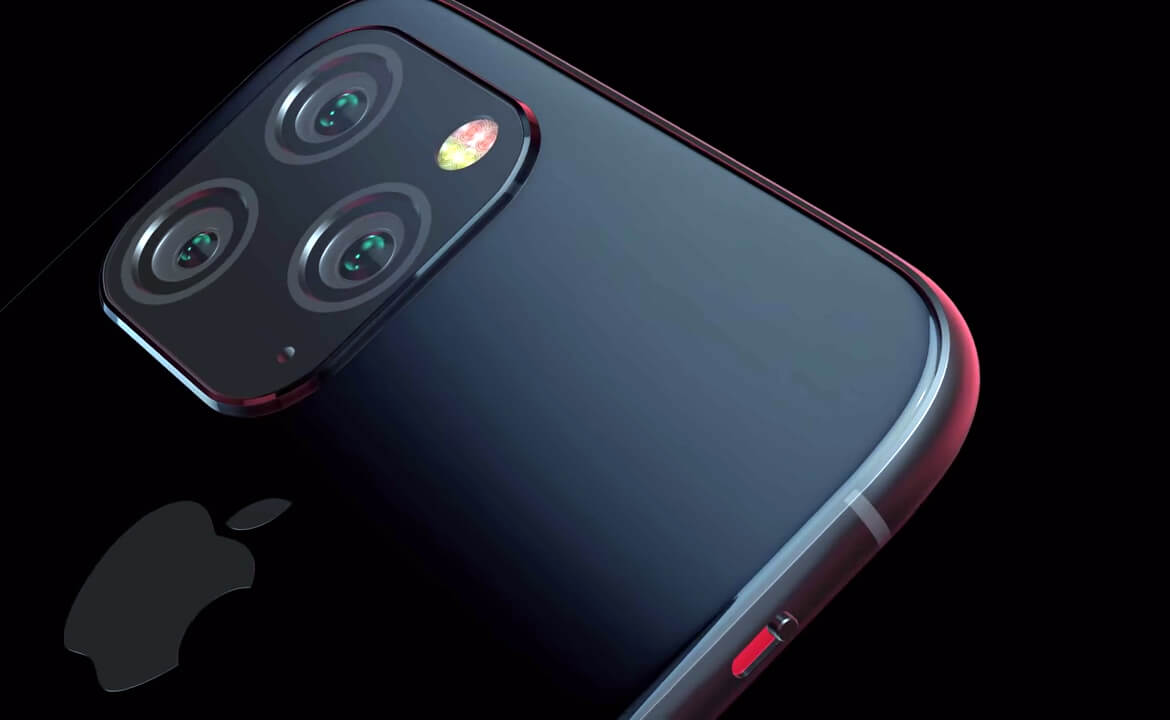Why it matters: For a few years now, Apple has been developing specialized chips to offload processing from the main CPU. New evidence has pointed to yet another chip, called "Rose" and "R1" that enhances the spacial awareness of the iPhone.
Apple is set to reveal the new generation of iPhones tomorrow (which will be livestreamed on YouTube for the first time). That hasn't stopped the rumor mill from churning though. According to MacRumors, code inside of an internal build of iOS 13 points to a new co-processor codenamed "Rose" and "R1".
Like the existing M-series co-processors, the R1 would help the iPhone learn about where it is in 3D space and takes that processing load off of the main CPU. However, the R1 also adds many more sensors than the motion co-processor in order to increase accuracy. Specifically, the R1 adds data from Bluetooth 5.1 features (Angle of Arrival and Angle of Departure), ultra-wideband (UWB) radios, cameras, and an inertial measurement unit (IMU). MacRumors speculates that the R1 could replace the M-series.
Engadget adds that the UWB radio would be the primary enabler for Apple's new device tracking feature that works similarly to Tile. UWB would allow phones to narrow the location to within a foot as opposed to 16 feet with current Bluetooth LE technology.
Apple has been keen on developing specialized chips that focus on specific tasks instead of calling on the main processor to do all of the work. The aforementioned M-series chips focus on sensing the world in 3D space, the T-series chips in Macs runs Touch ID and other security related features, and the W-series focus on wireless connectivity. This approach also has the added benefit of smoother overall performance since the CPU doesn't have to manage everything.
Of course, we'll be covering everything that happens at the Apple Event so check back tomorrow to see all of the new announcements.
